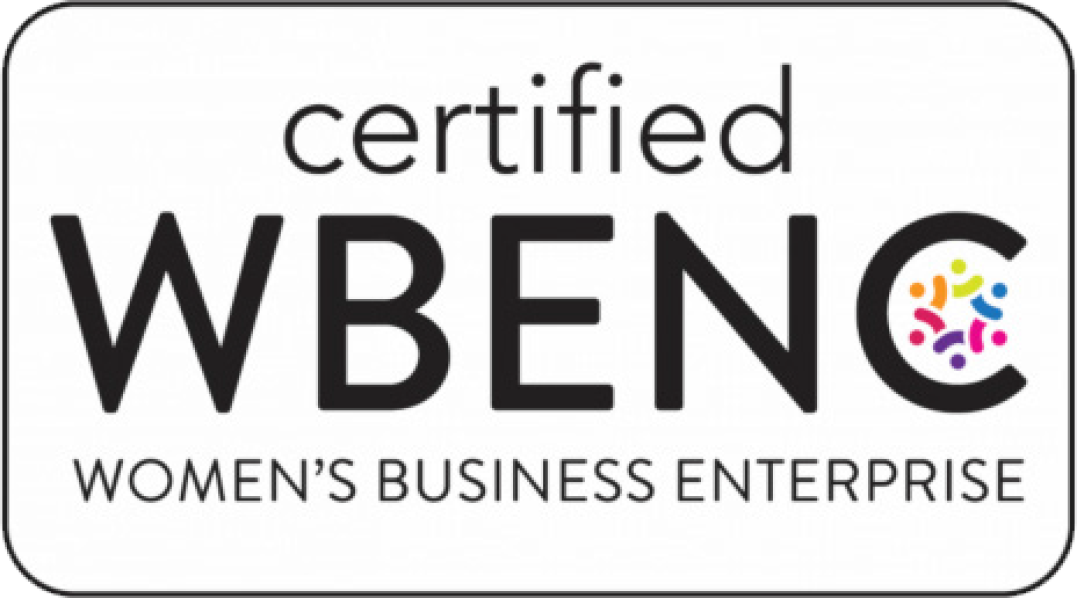Advertising and marketing copy has always had power. The late David Ogilvy, widely known as the father of advertising, wrote ads in the 1960s and 1970s that elevated brands and products to iconic status. In his 1983 book, “On Advertising,” Ogilvy introduced the concept of “the Big Idea” and explained how it attracts the attention of consumers.
Ogilvy arrived at the Big Idea for campaigns by putting pencil to paper. His ideas sometimes took shape as a single print ad.
Modern marketers put fingertips to keyboards. We have the challenge of writing for audiences who are constantly on the go and cover wide internet territory on their phones. Captivating them often requires capitalizing on technology.
Emerging forms of experiential technology
A report published in Ad Age in January 2018 describes how augmented reality (AR) is one form of experiential technology that is “having a moment.”
Copy has power in this moment when the messages are geared toward being helpful and answering specific customer needs.
One such example is a retail kiosk that uses AR technology. A recent article by Shopify notes that Lego got behind this approach early with displays that allow consumers to see what a toy looks like once it’s assembled.
A March 2018 article in Digital Trends highlights how a Lowe’s app allows buyers to see what appliances, decorative accessories and other products might look in their homes before they make their purchase. Consumers control the product demo in the palm of their hands, and they don’t have to endure a hard sales pitch.
Virtual reality (VR) is another way to give consumers the opportunity to try before they buy. Adweek notes in a recent article that Walmart is exploring the platform as differentiator from other retail stores, such as Amazon and Target. Consumers will be able to get more from their shopping trip than time spent navigating aisles and checkout lanes.
Walmart hasn’t revealed its plans to the public, but the article points out that the retail giant has acquired the VR shop Spatialand to support its VR initiatives. In a previous collaboration, Spatialand and Walmart created a VR experience that simulated a campsite in Yosemite National Park. Consumers were able to test products like tents and see how big they are and how much work goes into setting them up.
Beyond retail settings, VR can be a highly effective tool for engaging audiences at tradeshows. The technology can be particularly useful for drawing visitors to a booth and increasing brand awareness.
Writers shape and define experiences
The marketing writer on your team can work with UX/UI designers and developers to script every aspect of the experience, making sure it has the right balance of entertainment and customer relevance. The script should also be consistent with all your other brand communications.
Whether it’s AR, VR or some other form of emerging technology, the experience you create can benefit from some branding, and this highlights another area where copy has power. Lowe’s named their app “View in Your Space,” for instance.
Once the experience is all mapped out, copy can be a driver in the strategy for promoting the experience on digital and traditional marketing channels.
In a “digital first” marketing world with CGI-rendered bells and voice-activated whistles, copy should always come first. There’s no marketing element more powerful than good-old, strategy-based copy.
Even when stacked next to the latest in marketing technology platforms, content is still king when it’s done well.
As support for this point, David Ogilvy once wrote, “What really decides consumers to buy or not to buy is the content of your advertising, not its form.”
Ogilvy has also been famously quoted as saying, “Don’t bunt. Aim out of the ball park. Aim for the company of immortals.”
This is no small task, but you can have great fun as you swing away, especially if you draw power from compelling copy.
Looking for fresh approach to your marketing? Interested in exploring emerging technology campaigns? Contact WordsFresh for a writer-led plan that gets you to your goals. Tell us about your project.
Advertising and marketing copy has always had power. The late David Ogilvy, widely known as the father of advertising, wrote ads in the 1960s and 1970s that elevated brands and products to iconic status. In his 1983 book, “On Advertising,” Ogilvy introduced the concept of “the Big Idea” and explained how it attracts the attention of consumers.
Ogilvy arrived at the Big Idea for campaigns by putting pencil to paper. His ideas sometimes took shape as a single print ad.
Modern marketers put fingertips to keyboards. We have the challenge of writing for audiences who are constantly on the go and cover wide internet territory on their phones. Captivating them often requires capitalizing on technology.
Emerging forms of experiential technology
A report published in Ad Age in January 2018 describes how augmented reality (AR) is one form of experiential technology that is “having a moment.”
Copy has power in this moment when the messages are geared toward being helpful and answering specific customer needs.
One such example is a retail kiosk that uses AR technology. A recent article by Shopify notes that Lego got behind this approach early with displays that allow consumers to see what a toy looks like once it’s assembled.
A March 2018 article in Digital Trends highlights how a Lowe’s app allows buyers to see what appliances, decorative accessories and other products might look in their homes before they make their purchase. Consumers control the product demo in the palm of their hands, and they don’t have to endure a hard sales pitch.
Virtual reality (VR) is another way to give consumers the opportunity to try before they buy. Adweek notes in a recent article that Walmart is exploring the platform as differentiator from other retail stores, such as Amazon and Target. Consumers will be able to get more from their shopping trip than time spent navigating aisles and checkout lanes.
Walmart hasn’t revealed its plans to the public, but the article points out that the retail giant has acquired the VR shop Spatialand to support its VR initiatives. In a previous collaboration, Spatialand and Walmart created a VR experience that simulated a campsite in Yosemite National Park. Consumers were able to test products like tents and see how big they are and how much work goes into setting them up.
Beyond retail settings, VR can be a highly effective tool for engaging audiences at tradeshows. The technology can be particularly useful for drawing visitors to a booth and increasing brand awareness.
Writers shape and define experiences
The marketing writer on your team can work with UX/UI designers and developers to script every aspect of the experience, making sure it has the right balance of entertainment and customer relevance. The script should also be consistent with all your other brand communications.
Whether it’s AR, VR or some other form of emerging technology, the experience you create can benefit from some branding, and this highlights another area where copy has power. Lowe’s named their app “View in Your Space,” for instance.
Once the experience is all mapped out, copy can be a driver in the strategy for promoting the experience on digital and traditional marketing channels.
In a “digital first” marketing world with CGI-rendered bells and voice-activated whistles, copy should always come first. There’s no marketing element more powerful than good-old, strategy-based copy.
Even when stacked next to the latest in marketing technology platforms, content is still king when it’s done well.
As support for this point, David Ogilvy once wrote, “What really decides consumers to buy or not to buy is the content of your advertising, not its form.”
Ogilvy has also been famously quoted as saying, “Don’t bunt. Aim out of the ball park. Aim for the company of immortals.”
This is no small task, but you can have great fun as you swing away, especially if you draw power from compelling copy.
Looking for fresh approach to your marketing? Interested in exploring emerging technology campaigns? Contact WordsFresh for a writer-led plan that gets you to your goals. Tell us about your project.


